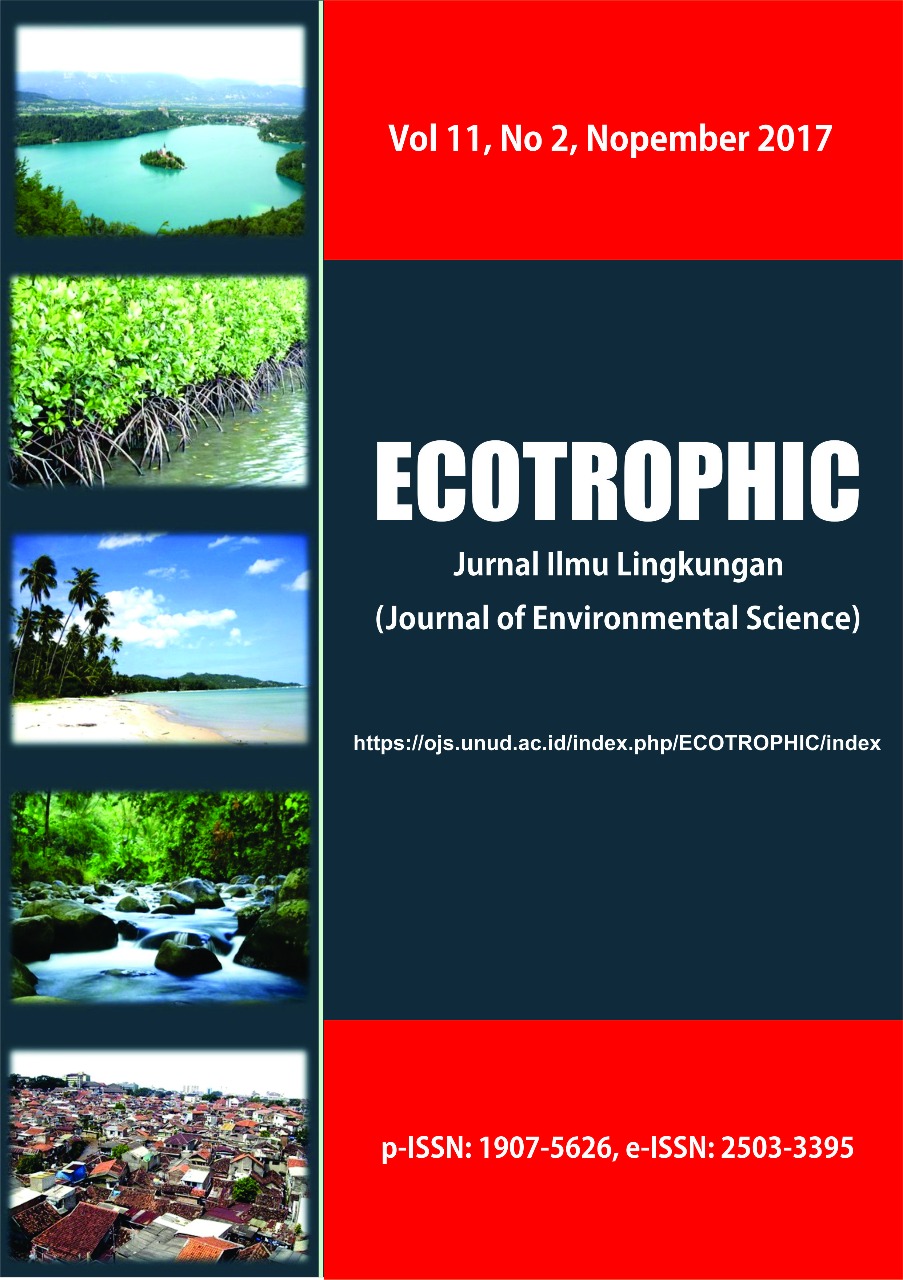ECOTOURISM MANAGEMENT STRATEGY TO SUPPORT ENVIRONMENTAL CONSERVATION IN MOKWAM AREA, MANOKWARI REGENCY, WEST PAPUA
Abstract
Mokwam Area is one of the ecotourism objects in Warmare District, Manokwari Regency, West Papua Province. Whilst, it has a wide variety of endemic flora and fauna, ecotourism of Mokwam is also rich in herbs used by indigenous Mokwam known as Arfak tribe. The aim of this study were: 1) to identify the potential of ecotourism in Mokwam Area, 2) to better understanding constraints in ecotourism management supporting environmental preservation in Mokwam Area, and 3) to determine the ecotourism management strategies in favor of Mokwam environmental preservation. Data collection techniques of this research were observation, interview and documentation. The collected data was analysed by using qualitative descriptive and SWOT analysis. The SWOT is used to frame ecotourism management strategy by identifying internal and external factors. The results shows that the ecotourim potential of Mokwam area is a beautiful natural scenery, as well as biodiversity of flora and fauna. The potential attracted endemic faunas of Mokwam ecotourism is a variety of Birds of Paradise (Burung Cenderawasih) which are Cenderawasih Raja (Western Parotia), Cenderawasih Bela Rotan (Magnificent Bird of Paradise), Cenderawasih Ekor Panjang (Arfak Astrapia), Cenderawasih Buff-tailed sicklebill, Cenderawasih Long-tailed paradigala, Cenderawasih Black Sicklebill, as well as Namdurpolos Clever Bird (Vogelkop Bowerbird). Several considerable constraints in managing Mokwam ecotourism considering the environmental conservation is shifting cultivation method implementing by Arfak tribe. This method would potentially exterminate the forest as a habitat of the endemic flora and fauna if there is an increase in population, hot mix road access to Mokwam areas has still not been available and lack of cooperation between villages in Mokwam Area. The strategies based conservation concept in managing Mokwam ecotourism are promoting Mokwam potential ecotourim to the outside audiences; preserving the local wisdom of igya ser hanjob in order to protect the forests which are the habitat of endemic flora and fauna; improving road access to Mokwam Area; conducting comparative studies to similar tourism objects; establishing effective cooperation with other available tourism objects around Mokwam Area; empowering Arfak community about ecotourism management so that the community competitiveness towards other ecotourism areas could potentially be realised.
Keywords: Ecotourism, biodiversity of flora and fauna, management strategy, local wisdom


